Topsoe enters agreement with Steeper Energy to introduce complete waste-to-biofuel solution
Green Car Congress
JANUARY 27, 2023
Topsoe and Steeper Energy , a developer of biomass conversion technologies, signed a global licensing agreement for a complete waste-to-fuel solution. The end-products include Sustainable Aviation Fuel (SAF), marine biofuel, and renewable diesel from waste biomass.







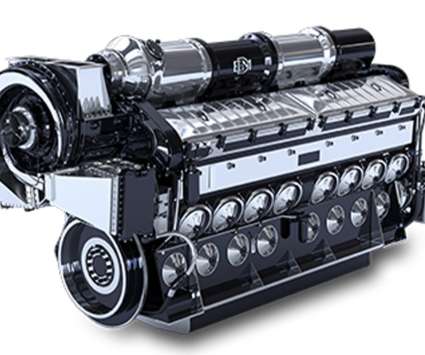







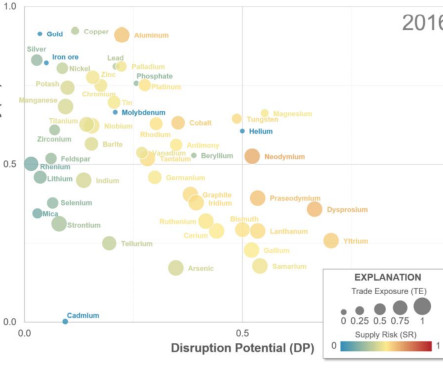
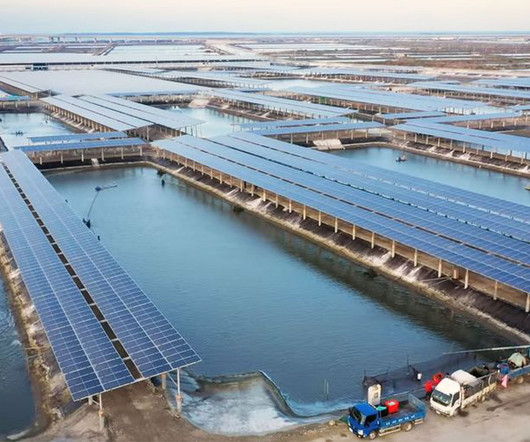






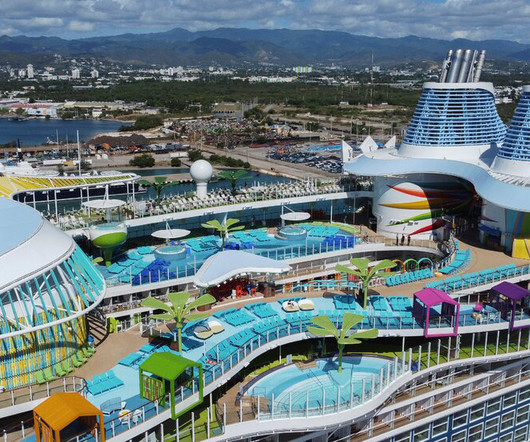






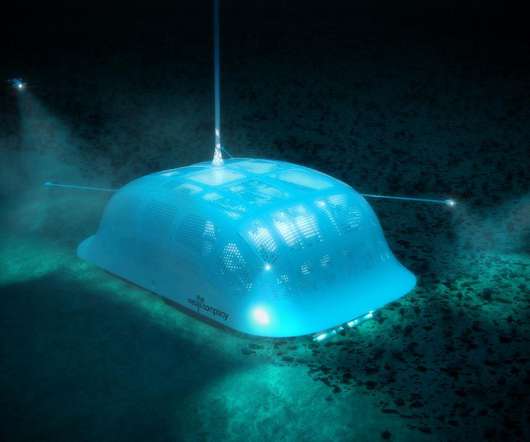








Let's personalize your content